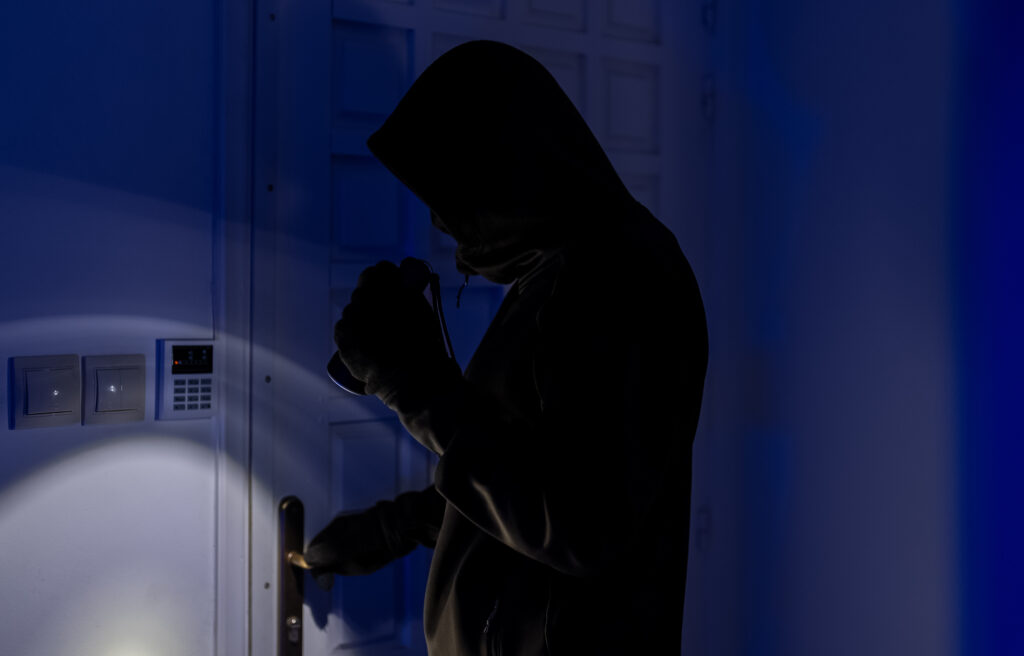According to ADI’s 2022 burglary report, 58% of break-ins happen between 6 pm and 6 am, with 70% occurring on weekdays. This underscores the importance of well-maintained and clearly visible security alarm systems as an effective deterrent.
There are many natural threats to physical security, including floods, earthquakes, and thunderstorms; other risks are associated with extreme temperatures, high humidity, and extreme rainfall or hailing. We also have intentional acts of destruction like theft, vandalism, and arson. To mitigate these risks, businesses should invest in high-quality video surveillance systems that withstand extreme temperatures and other harsh conditions. Investing in a robust video surveillance system can also help to deter potential criminals, as they know they will be caught on camera.
ADI Global shares some tried and tested strategies and technologies to significantly enhance surveillance effectiveness in wintry conditions.
Physical conditions
Choosing where the security camera should be placed and ensuring it is protected is an excellent place to start. Shielding cameras from direct exposure to snow or rain can maintain clear visibility and ensure the unit’s longevity. Installing protective housings or dome covers helps safeguard cameras against frost and moisture.
The higher the IP rating, the more extreme conditions the camera can withstand, so cameras with IP67 or IP68 ratings are recommended.
And it’s not just the camera that needs guarding; cable connections should also be weatherproofed using suitable junction boxes. Extreme cold can affect battery performance if the power supply is unreliable. Winter is when power outages can be more frequent, so be prepared by installing backup power sources.
Integrating heating systems within camera housings can prevent ice buildup and ensure uninterrupted functionality for places with extremely low temperatures. These systems regulate temperatures to keep cameras operational in extreme cold.
Regarding physical location, positioning is essential when installing cameras. Installers should avoid potential obstructions due to snowfall and angle to avoid glare from reflective surfaces like snow and ice. Maintenance is essential during winter to ensure components are working correctly and not hindered by the elements, so the camera should be accessible.
Inside the security system
Surveillance requires attention to both physical specifications and the system’s inner workings. Physical elements include proper lenses for clear video, maintenance to ensure lenses are free of dust and cobwebs, and thermal imaging sensors for detecting people, moving objects and fire.
On the software side, remote monitoring capabilities allow for real-time camera checks, proactive maintenance, and swift response to weather-related issues that impact surveillance systems. These measures ensure that security systems can cope effectively with winter conditions and provide consistent and reliable video surveillance throughout the year.
If you’d like to learn more about how to overcome seasonal challenges, please click here.



